An in-depth understanding of the original intention of the establishment of Gesha Gesa Manor, an endless stream of 90 + boutiques.
In 2011, Ninty plus began developing a 500-hectare coffee farm in Gesha, Ethiopia, with a vision in mind: to produce the best coffee in the world. After a thorough search, the location of the manor was selected according to strict altitude criteria (1900-2100 MASL), adequate rainfall, temperature patterns, rich virgin forest soil, old growing trees and existing coffee ecosystem.
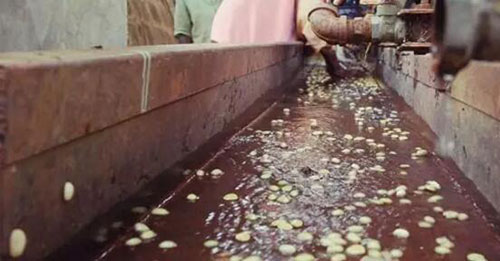
A seed was collected from the wild coffee forest of Gori Gesha, 20 kilometers from the farm, a place famous in the Panamanian style of the 1930s.
The people of Ethiopia are the residents and protectors of Gesa.
In the first three years, they planted more than 30,000 native trees on land that had been cut down.

Their farm has a planting density of 2000 trees per hectare, providing a sustainable ecosystem for farm coffee.
The research, protection and development of varieties are the focus of the farm. The farm has begun programs for genetic testing, climate research and coffee cultivation.
The first task of the farm is to maintain the rich diversity of the native forest canopy of the heirloom Gesha Coffee.
At present, there are six coffee varieties growing on the manor. These are washed or processed into natural products with environmentally friendly Penagos wet grinders.
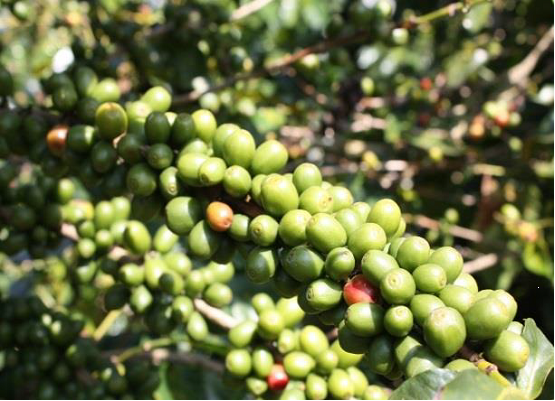
Due to the great success of the farm's preliminary testing of native Gesha varieties, the farm worked with the local community to bring the coffee to market. It is washed and processed by 90 + farms, but planted by surrounding farmers or gathered from wild coffee forests. 90 + shares a lot of profits from coffee sales with the community.
It starts with a movie.
In 2007, they were commissioned to produce an Ethiopian coffee documentary. The more people interviewed from the coffee industry, the more they were overwhelmed by enthusiasm, support and openness. A dream begins to take root. What about our own farm? We made a start in Panama and began to think seriously about how to grow coffee and make it special. They began to take out the map. And began the journey of searching for a dream.
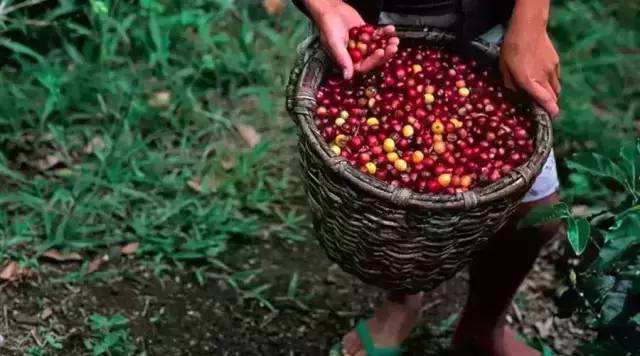
The Land of Dreams
Start a farm. Save a forest. Develop an industry within the community. Find the origin of Gesa coffee. Each of these dreams is so big that we never imagined that they would get together. But the Gesar Forest teaches us to think more. Gesa Coffee Village is the crystallization of our dream.
"you should go to Gesha."
For three years, they searched the land. They want to be close to Addis Ababa and make it easier to find employees and transportation. However, their basic list of standards allows them to go further and further in the pursuit of the right height and perfect microclimate, which is a unique thing that is indescribable until you see it or taste it in a cup. Finally, they arrived in Magi, which was almost a two-day drive in Addis Ababa, near the border with Sudan. Exotic and remote, road construction was not completely isolated until a few years ago. But despite the obstacles, Maggie's people welcomed them and conveyed such incredible warmth. They went in and saw the land. They broke ground in October 2011.
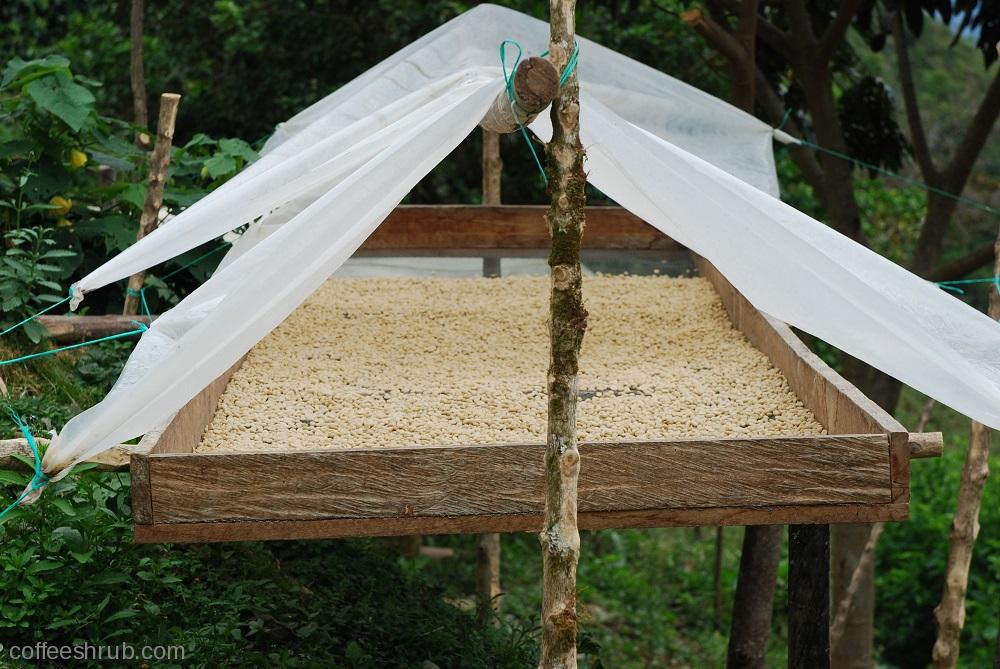
"where to start is not a perfect science."
They don't have many specific expectations. They want to know what has grown in this magical forest and to understand its potential. Two months later, they went on a long and sinister journey in the depths of the Gori Gesha forest in search of local seeds. They walked for a long time, thinking, "where am I going?" How do we get home? "but the forest is the holy grail of coffee.
They have identified local varieties of bronze and green tips, similar to the changes in Panamanian geisha. They knew at the time that it could not be exactly the same as a Panamanian geisha-there were too many environmental factors involved-but was it good? They processed their first coffee and brewed a cup for Prince William Bourne. It turned out to be one of the best coffees in the cupping caravan that year.
Important Notice :
前街咖啡 FrontStreet Coffee has moved to new addredd:
FrontStreet Coffee Address: 315,Donghua East Road,GuangZhou
Tel:020 38364473
- Prev
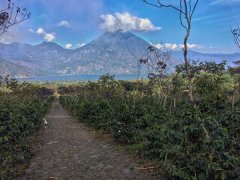
Introduction to Las Pastores processing Plant of La Minita Manor Raminita-Huashen Coffee in Guatemala
Professional baristas Please follow the Coffee Workshop (Wechat official account cafe_style) from planting conditions to treatment and warehousing, Raminita strictly controls all procedures, and its Las Pastores processing plant is known for its high quality, faithfully presenting the gentle and pleasant local characteristics of Antigua. Antigua is located in the plateau of central Guatemala, producing areas of volcanic soil and high
- Next

Panama Hartman Manor Finca Hartmann introduces solarization wine treatment Kadura Winey
Professional barista communication please pay attention to coffee workshop (Weixin Official Accounts cafe_style) Flavor description: once ground, it emits ultra-strong wine aroma and fresh smell of smoked wood spice, mixed with sweet sun-dried berries, like rich hot mixed juice (passion fruit, mango, orange, berry) mixed with peach wine cocktail. Production area: Panama
Related
- Does Rose Summer choose Blue, Green or Red? Detailed explanation of Rose Summer Coffee plots and Classification in Panamanian Jade Manor
- What is the difference between the origin, producing area, processing plant, cooperative and manor of coffee beans?
- How fine does the espresso powder fit? how to grind the espresso?
- Sca coffee roasting degree color card coffee roasting degree 8 roasting color values what do you mean?
- The practice of lattes: how to make lattes at home
- Introduction to Indonesian Fine Coffee beans-- Java Coffee producing area of Indonesian Arabica Coffee
- How much will the flavor of light and medium roasted rose summer be expressed? What baking level is rose summer suitable for?
- Introduction to the characteristics of washing, sun-drying or wet-planing coffee commonly used in Mantenin, Indonesia
- Price characteristics of Arabica Coffee Bean Starbucks introduction to Manning Coffee Bean Taste producing area Variety Manor
- What is the authentic Yega flavor? What are the flavor characteristics of the really excellent Yejasuffi coffee beans?

